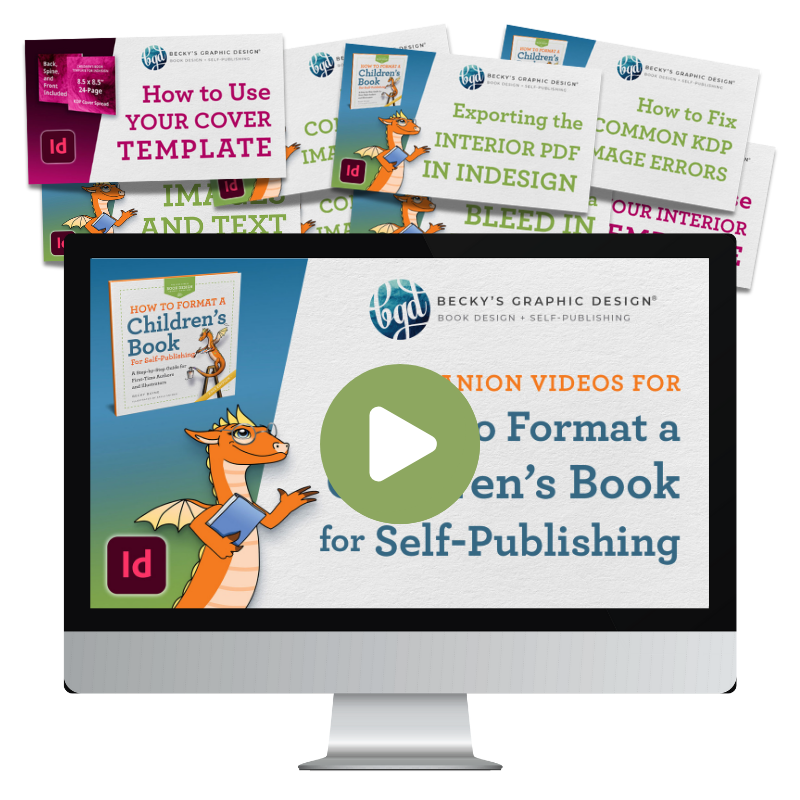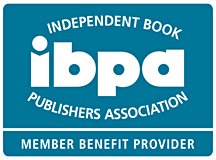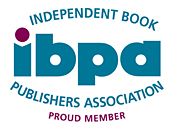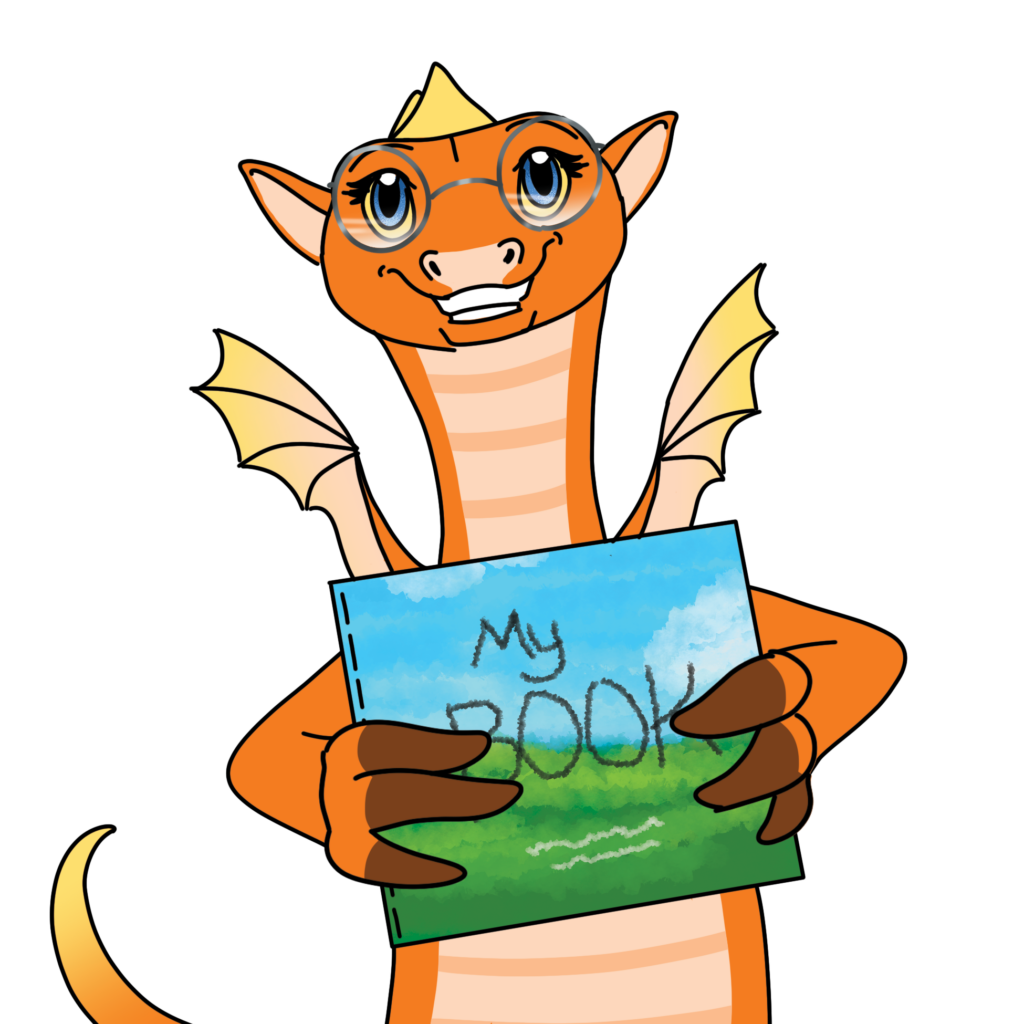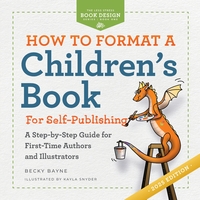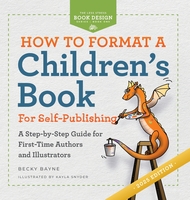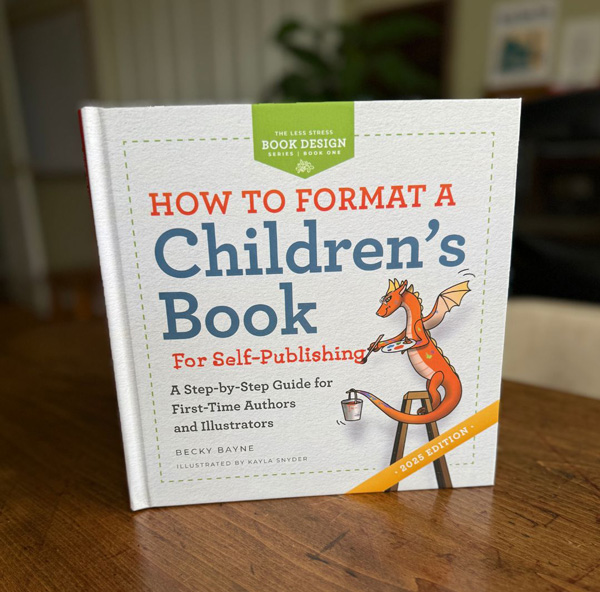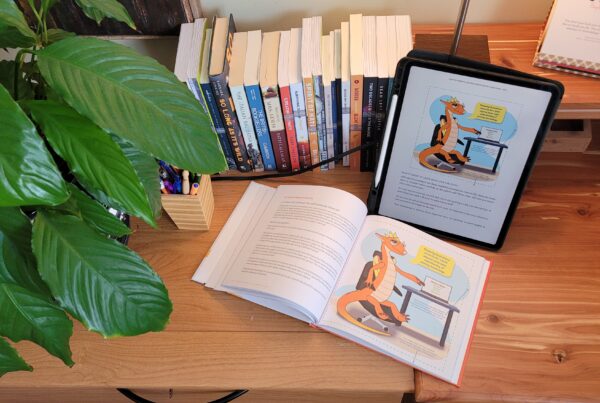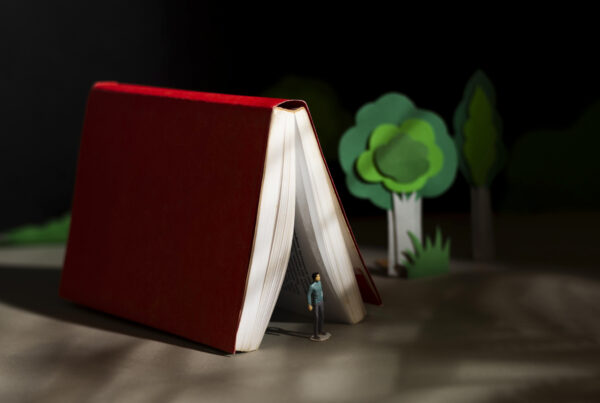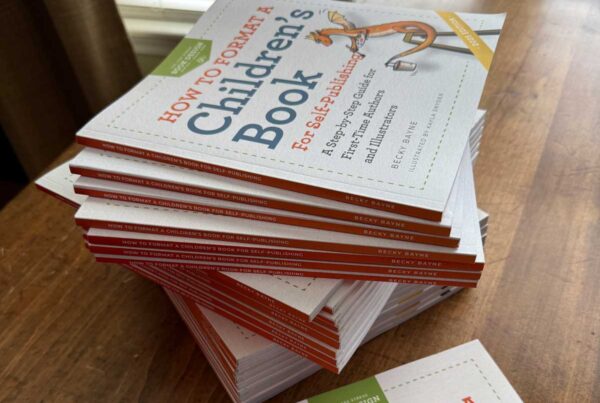Essential Guide to Book Word Count, Trim Size, and Spine Width for Authors
I often receive inquiries from authors about the ideal word count for their manuscripts. Truly, this is a question for their editor, but as the book formatter, the word count is the first step to determining the trim size of the book. More importantly, what the spine width should be. The higher the word count, the higher the page count, the wider the spine.
Page Count and Spine Width
While many people consider the front cover to be the most important element of a book, the spine is a close contender. Take a moment to look at your bookshelf. What do you notice? Yes, the spines of all the books. In that brief glance, what titles are the easiest to read?
Most likely, the titles you see are on spines that are more than half an inch wide. What determines the size of the spine? You guessed it: the page count, which of course is determined by the word count. Are there any books on your shelf that don’t have the title on the spine? If a book has fewer than 72 pages, the spine isn’t large enough for the title to be displayed. In my opinion, if a book is fewer than 120 pages, the title on the spine will be too small to read.
Page Count and Trim Size
The trim size refers to the dimensions of the book. In the print-on-demand industry, there are fewer options than those offered by a commercial printer, but there are still plenty to choose from.
The most common book sizes we work with, excluding picture books, are as follows:
- 5 x 8 inches
- 5.5 x 8.5 inches
- 6 x 9 inches
- 8 x 10 inches
- 8.5 x 11 inches
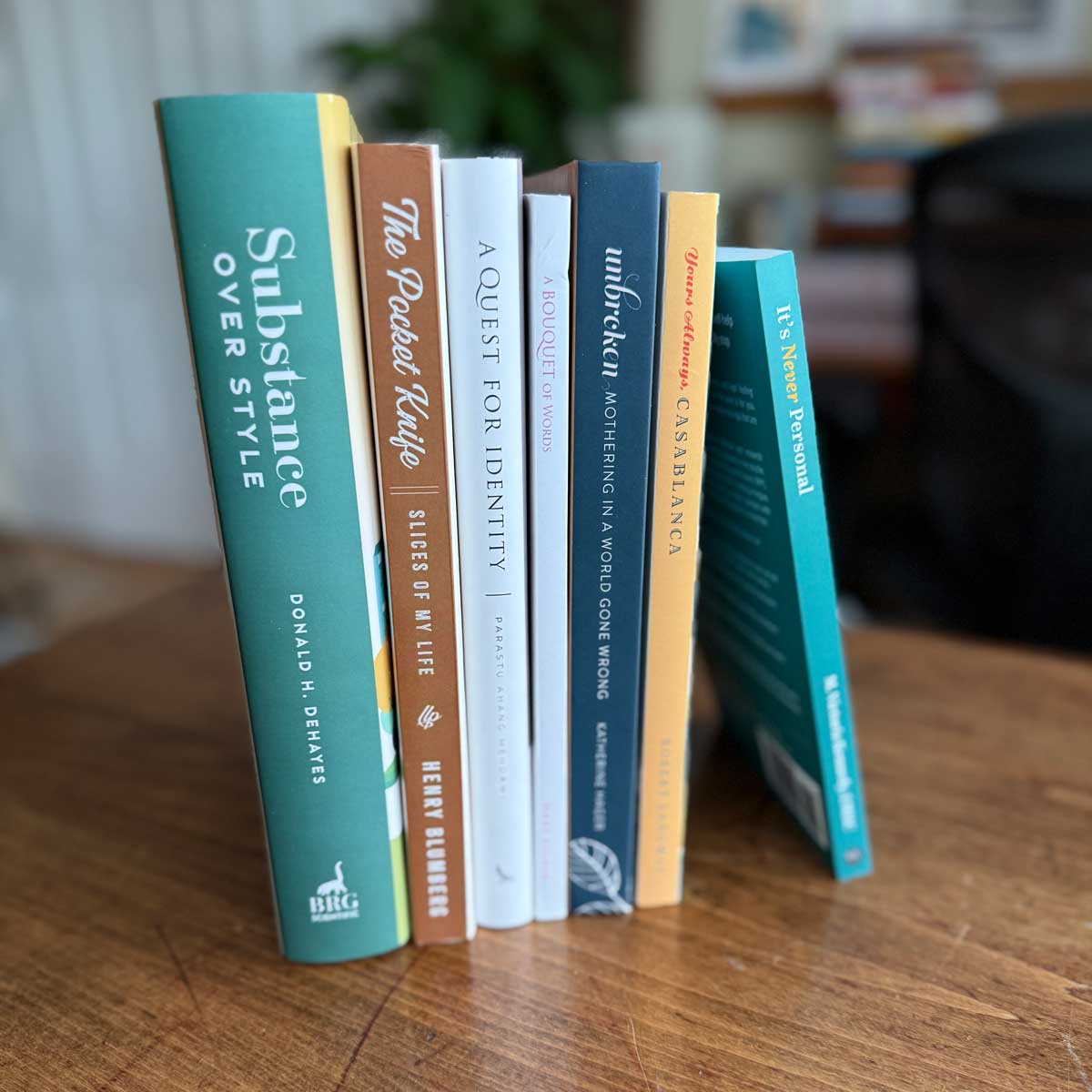
Word Count and Trim Size
Below, I’ve listed some of the books we’ve designed with the word count and trim size included. Notice the difference in the spine width.
- It’s Never Personal by M. Victoria Kennedy – word count 39K, trim size 5 x 8, 168 pages
- A Bouquet of Words by Mary Kelave – word count 12K, plus illustrations, trim size 5 x 8, 152 pages
- Unbroken by Katherine Hager – word count 44K, trim size 5.5 x 8.5, 240 pages
- Always Yours, Casablanca, Robert Langway – word count 66K, trim size 5.5 x 8.5, 228 pages
- A Quest for Identity, Parastu Ahang Mehdawi– word count 48K, trim size 6 x 9, 208 pages
- The Pocket Knife, by Henry Blumberg – word count 102K, trim 6 x 9, 304 pages
- Substance Over Style, by Donald H. DeHayes – word count 134K, trim 6 x 9, 472 pages, including an index
Numerous factors can affect page count, such as additional front and back matter, typography choices, body font size, and graphics. Note that the book by Katherine Hager is 22K words less than Robert Langway’s book, yet Unbroken has 12 more pages. The difference lies in the genre; Katherine’s book, Unbroken, is a devotional, so we’ve added pages for notes, questions, and answers, in addition to more decorative elements, which significantly expanded the page count. Always Yours, Casablanca, is a novel, and therefore is simply text.
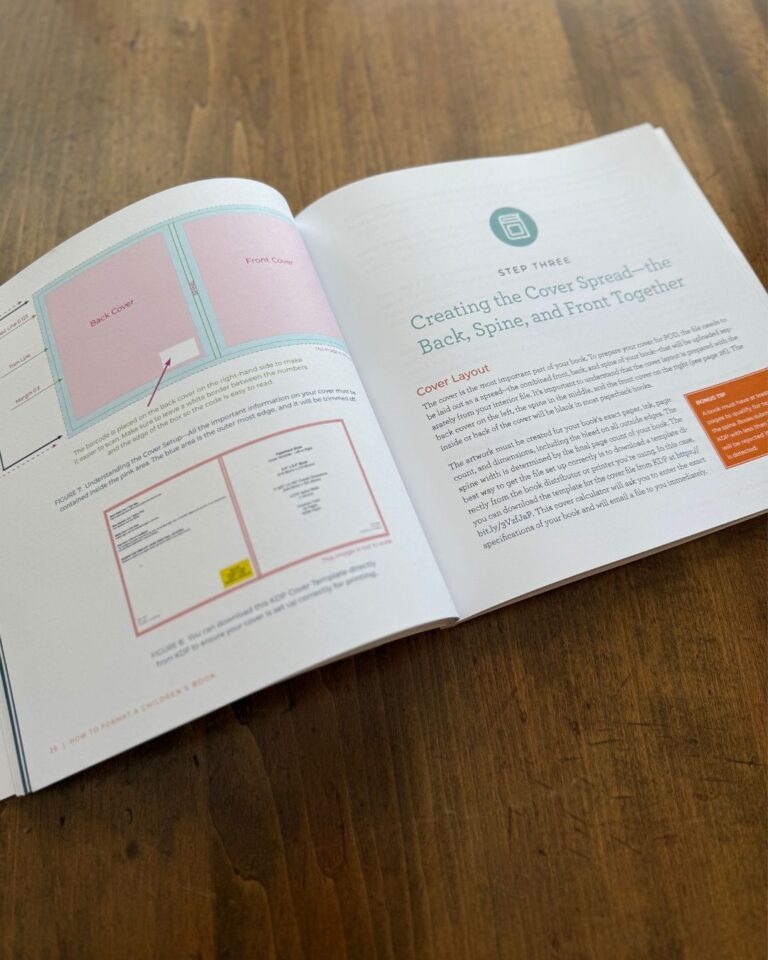
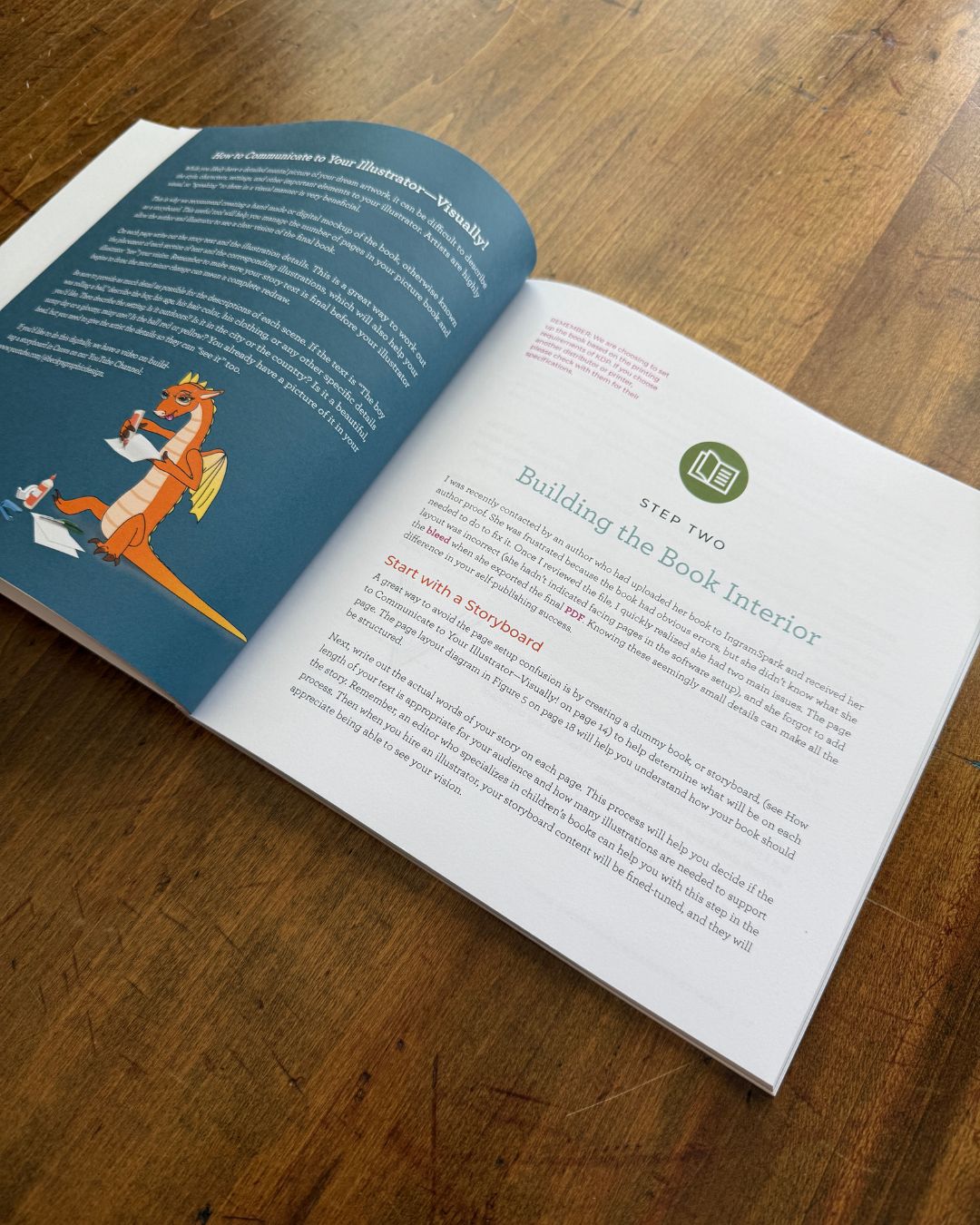
Increase Page Count by Adding Illustrations
How to Format a Children’s Book for Self-Publishing contains less than 20,000 words and serves as a technical how-to guide on self-publishing children’s books with illustrations. Although the word count is low, we have included numerous pages of illustrations, which increase the overall page count.
Similarly, Mary Kelava’s book, A Bouquet of Words, is a beautifully illustrated publication. Although the word count is low, the addition of numerous illustrations, checklists, and bulleted items still makes it a substantial book in terms of size.
What is the Best Word Count? Check with Your Editor.
The selection of trim size can sometimes be influenced by various factors. Considering the word count, subject matter, and illustrations, I chose a trim size for my book that aligns with the standard of most children’s books we design. This decision enables readers to appreciate the quality and dimensions of print-on-demand books, which is a crucial aspect of the lessons conveyed in the book.
The length of your manuscript should be guided by the goal of telling your story in the most compelling way possible. To achieve this, we require the authors we work with to collaborate with a professional editor who can provide valuable insights and expertise. Specifically, we recommend engaging a developmental editor to help refine your work. A developmental editor will meticulously examine your manuscript, focusing on its overall content and structure. They will ensure that your narrative flows smoothly and that the essential information your readers need is clearly presented. This collaborative process not only enhances the clarity of your message but also strengthens the emotional impact of your story, ultimately leading to a more engaging and fulfilling reading experience.
Ready for Formatting
Once we have received your refined and finalized manuscript, we can move forward with the exciting design and formatting phase of your book. Just remember that the word count determines the trim size and spine width of your book; the higher the word count, the wider your spine.
If you’re interested in delving deeper into the editing process, we invite you to explore our insightful blog post by Melissa Stevens. Additionally, we offer a carefully curated list of talented editors, skilled ghostwriters, and experienced book coaches on our resource page. We highly encourage you to connect with them to find the right support for your publishing journey.
Need Help Publishing Your Book?
We’d love to have a conversation with you about your book and your publishing goals. We offer a 30-minute free consultation for authors who are ready for one-on-one help with their book. Schedule a time to chat here and let’s get your book published.


